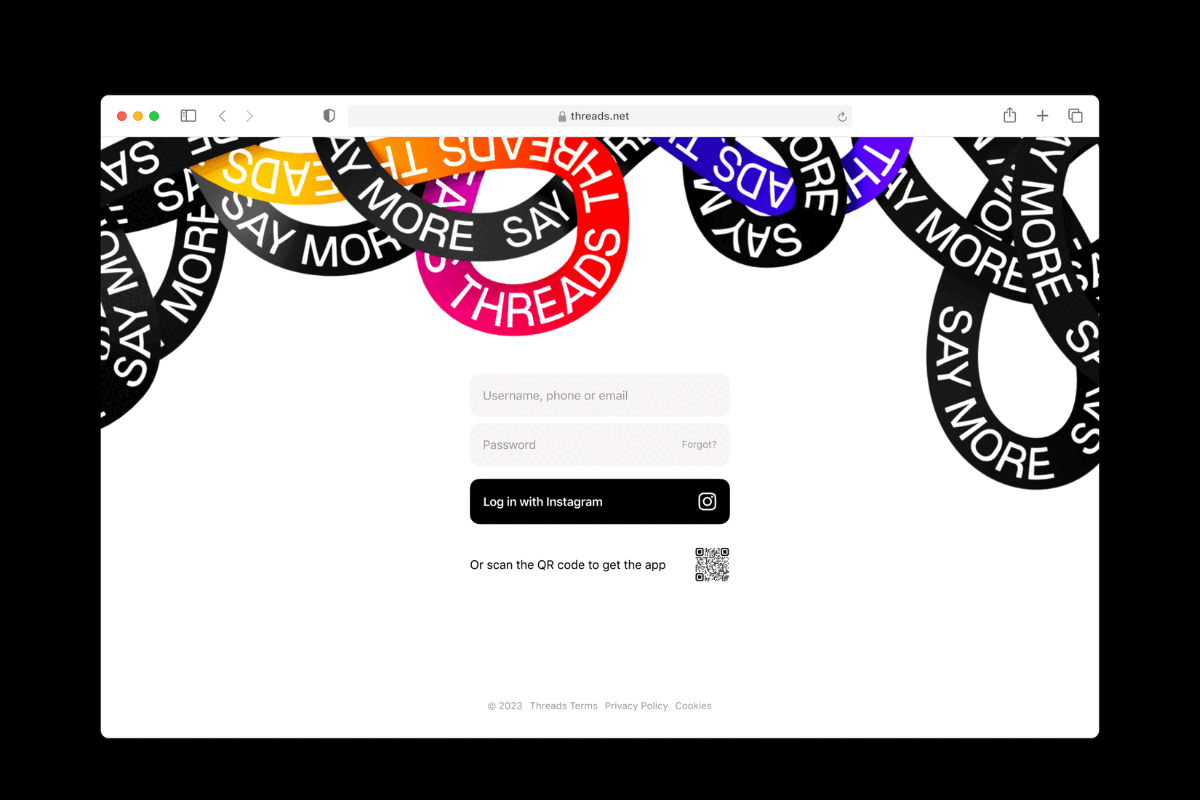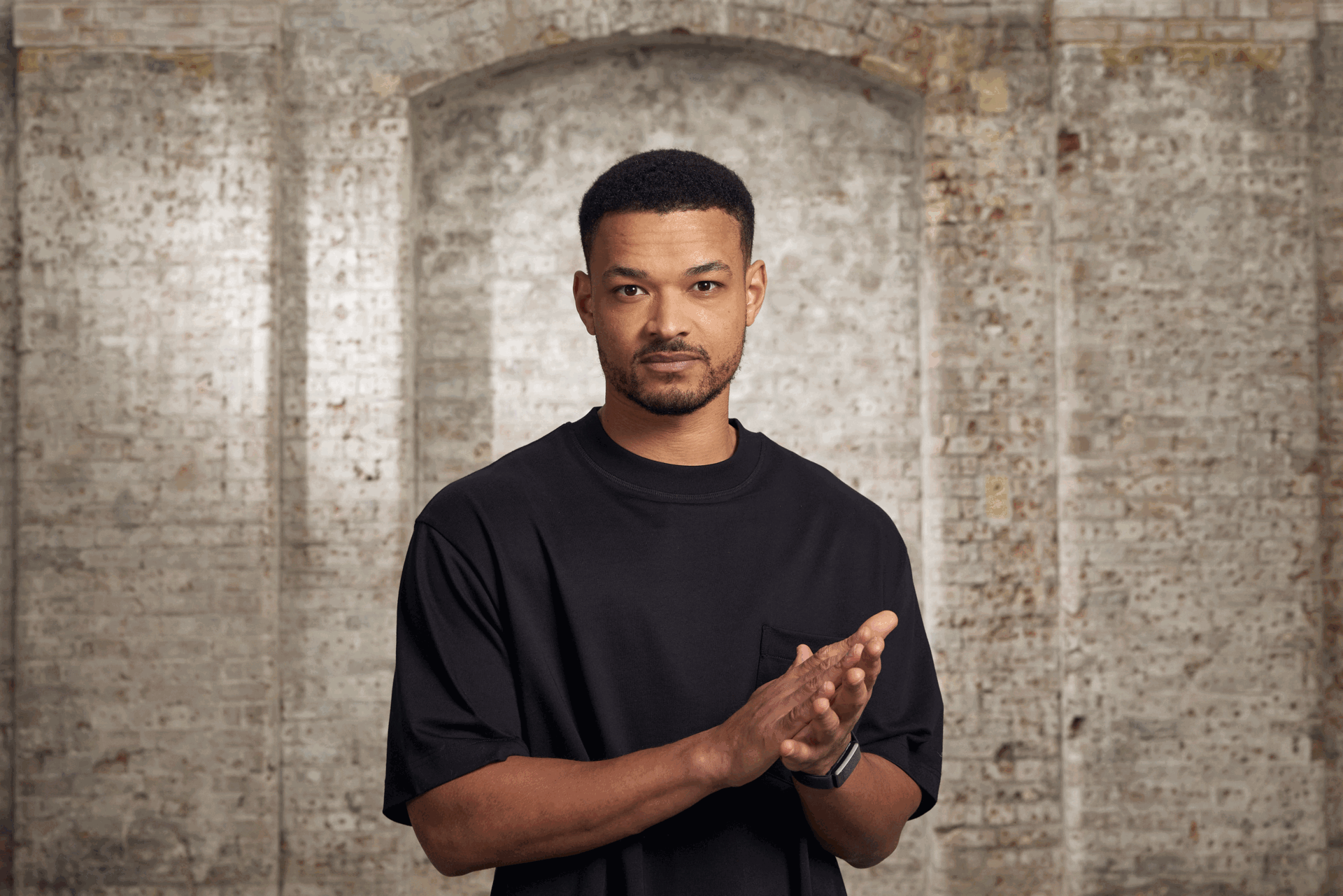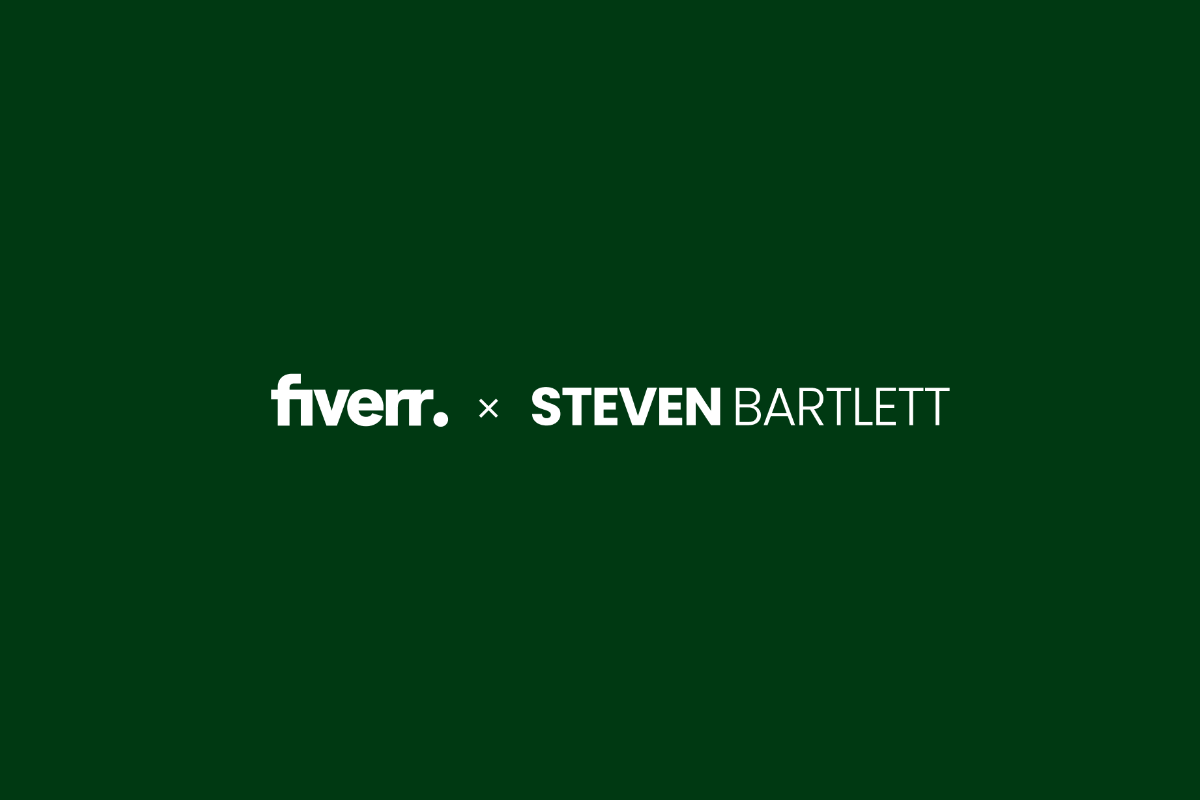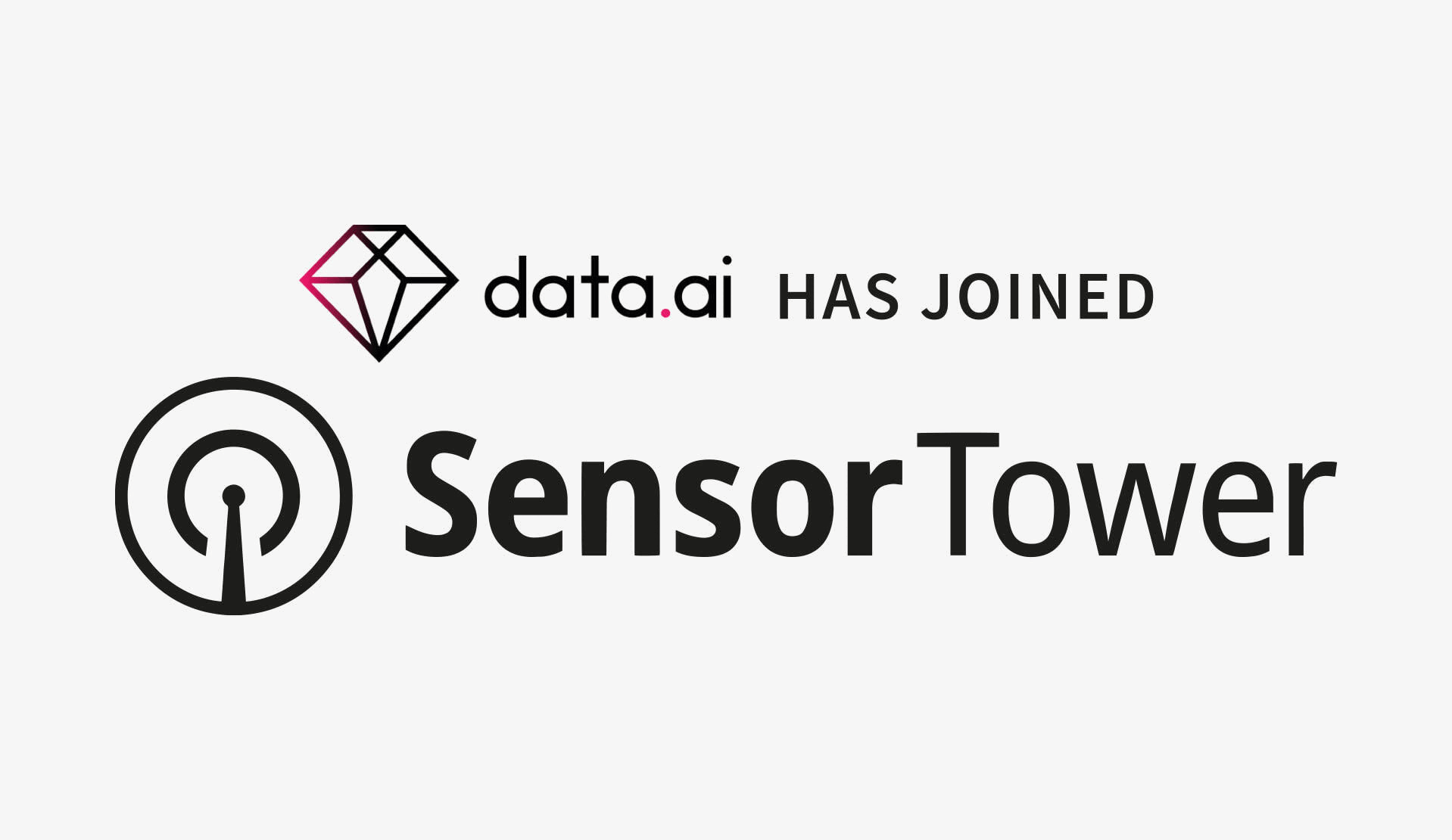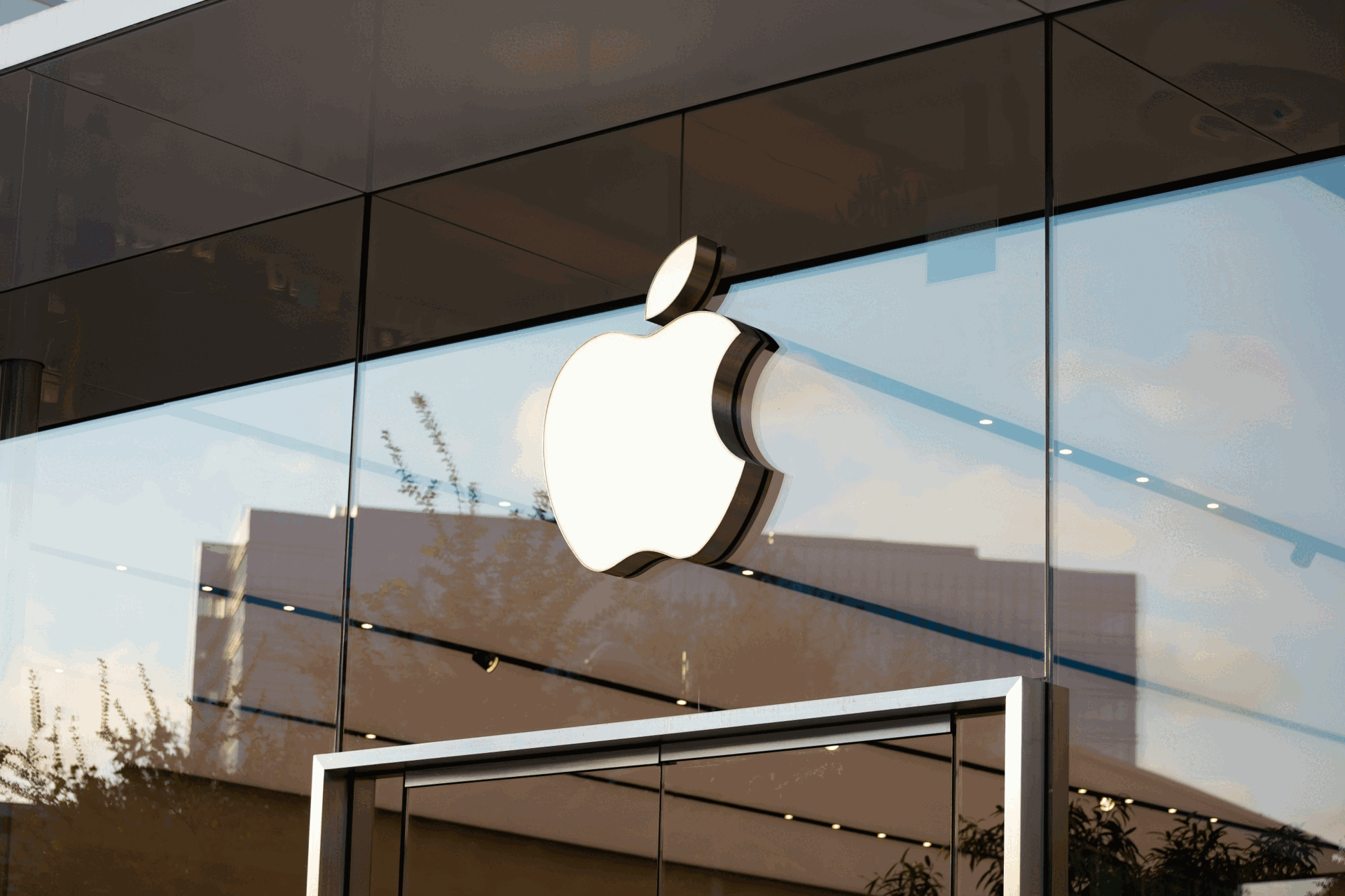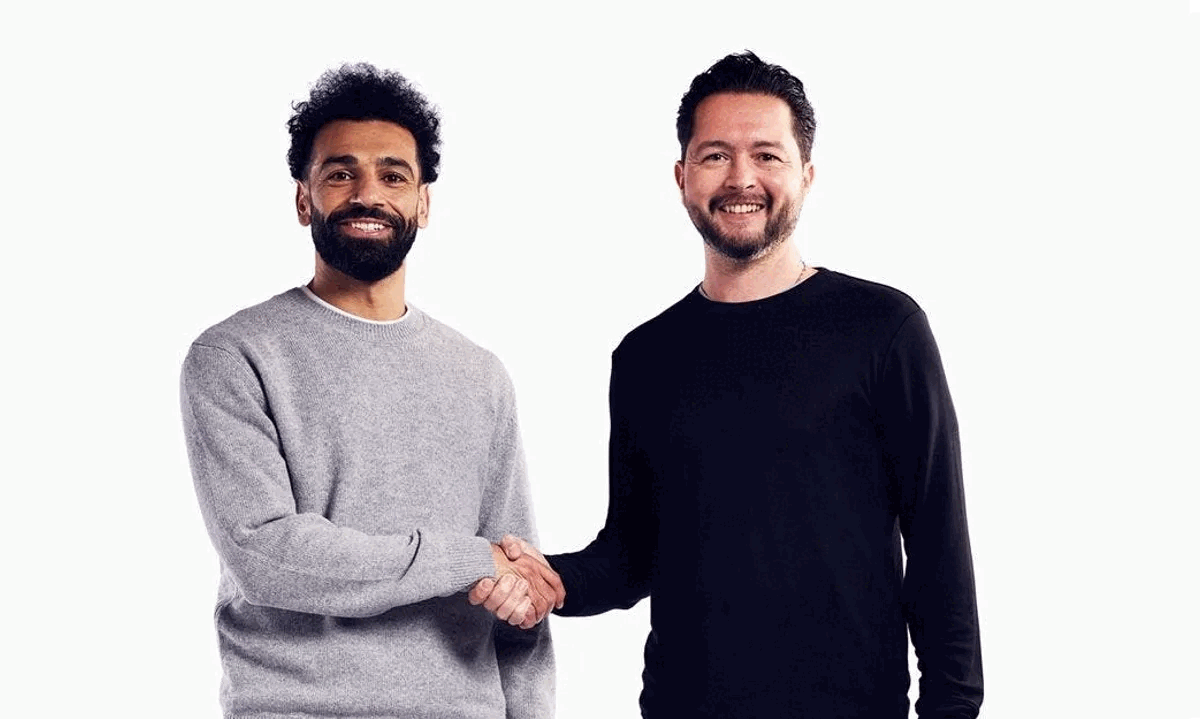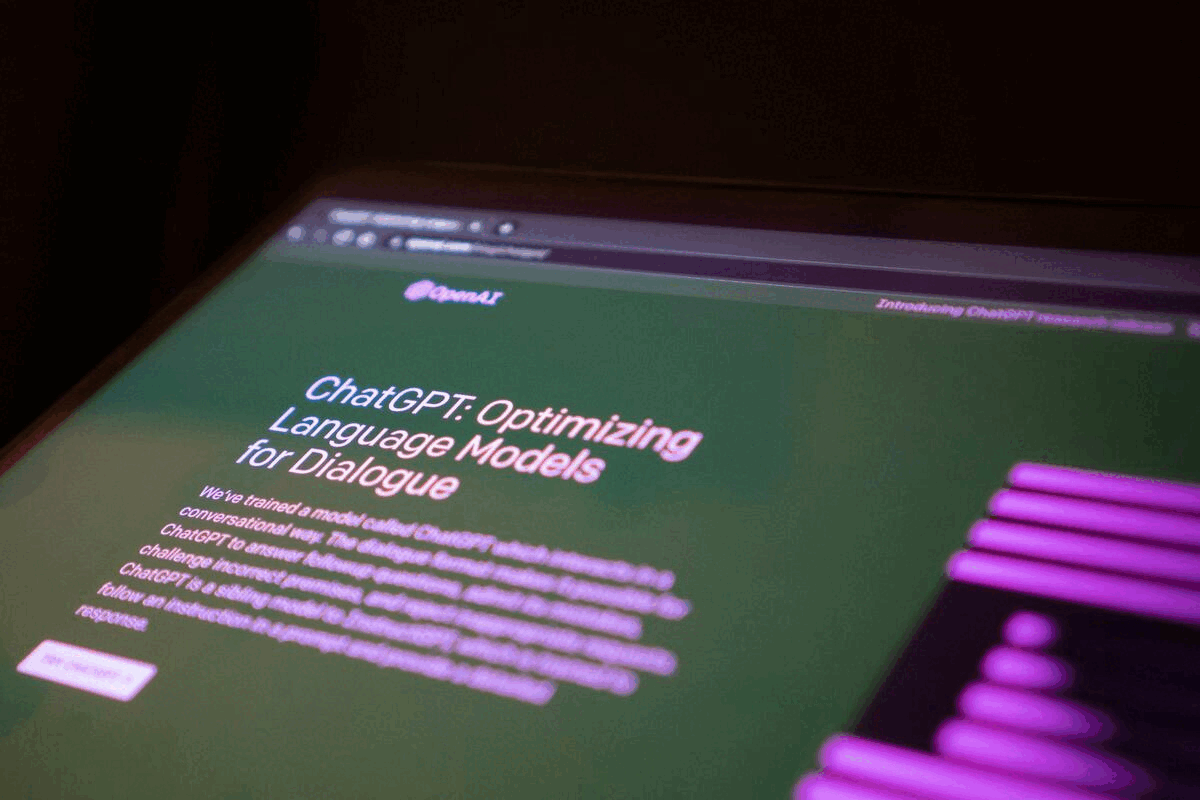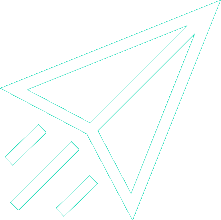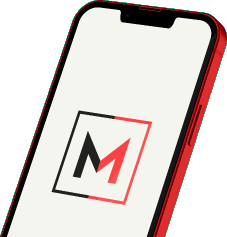Pinterest focuses on diversity and accessibility
- Friday, April 27th, 2018
- Share this article:
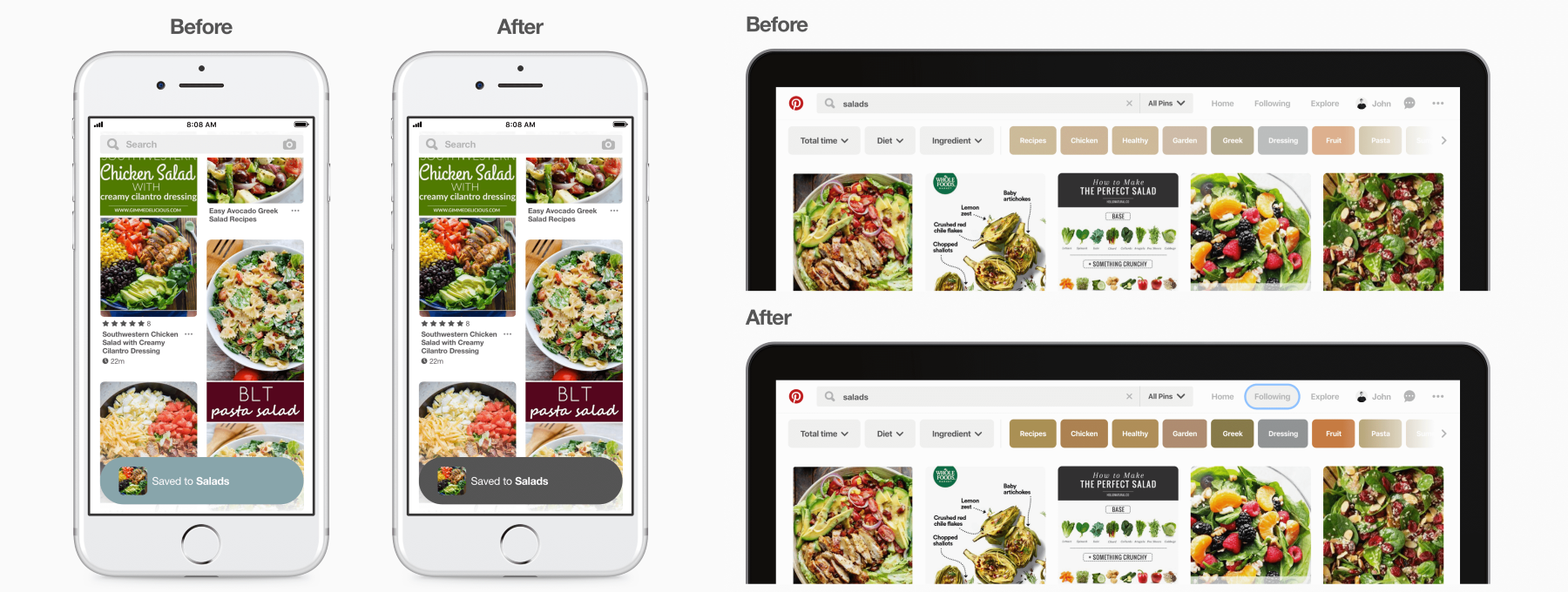 Pinterest has announced a series of updates aimed at increasing the platforms accessibility for users with disabilities. New UI components of Pinterest have been designed to be more inclusive for Pinners who are blind and visually impaired, with the aim of mking the platform easier to browse, search and save ideas on.
Pinterest has announced a series of updates aimed at increasing the platforms accessibility for users with disabilities. New UI components of Pinterest have been designed to be more inclusive for Pinners who are blind and visually impaired, with the aim of mking the platform easier to browse, search and save ideas on.
Among the changes are better screen reader support to make signing up, browsing and saving easier and more usuable, improved colour contrast sensitivity to make colour palettes more readable and easier on the eyes, focus indicators to help people with mobility or visual differences use a keyboard to see which part of the site is in focus, and a new series of accessibility best practices for engineers and designers.
“Our mission is to help you discover and do what you love, and we want everyone to be included in that mission,” said a Pinterest spokesperson. “Thats why we partnered with Lighthouse for the Blind and Visually Impaired to better understand how we could make Pinterest more useful for people with different levels of vision.
“Were continuing to make Pinterest more inclusive of everyone. Weve made significant progress updating our iOS and web platforms to meet the majority of the accessibility standards, and were working on bringing these changes to Android soon.”
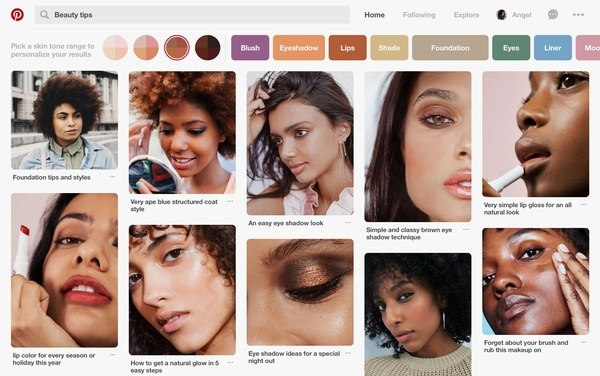 The accessibility improvements come as Pinterest is also introducing a feature enabling users to tailor hair, makeup and fashion ideas to skin tone, an idea spearheaded by Candice Morgan, head of inclusion and diversity at Pinterest.
The accessibility improvements come as Pinterest is also introducing a feature enabling users to tailor hair, makeup and fashion ideas to skin tone, an idea spearheaded by Candice Morgan, head of inclusion and diversity at Pinterest.
In an interview with Wired, Morgan spoke about how, when searching for “hair ideas” on Pinterest, the suggestions were almost always unsuitable for her hair without her specifying her search further.
“My hair type is whats called 4C hair, given the level of coiliness,” said Morgan. “I learned that I needed to add that to my searrches in order to find things. It shouldnt be that way. We were thinking, how can we look at our database of pins and make sure we were in some way matching and labeling content across different groups of people?”
The solution comes in the form of a skin tone options that appear when you search for beauty-related terms. Users can choose to select a filter to personalise their results, and provide inspiration that is more suitable for their own skin tone and hair type, without having to qualify your original entry in the search bar.
The skin tone filter combines work done by Brazilian artist Angélica Dass with machine learning systems built on analysing the digital colour values of faces, rather than attempting to map specific ethnicities.
As with many machine learning projects, the process hasnt been without roadbumps, and Pinterests engineers have been training the software to recognise differences caused by bright or dark lighting, as well as making sure that skin tone categories dont get conflated with racial stereotypes.
“Today our search results arent as inclusive as they should be, which is why were taking this first step,” said Omar Seyal, head of discovery at Pinterest. “The beauty content is there, and the skin tone ranges feature allows it to be easily surfaced when a pinner wants it. The next step is to learn what pins people are engaging with in those ranges so that we can eventually incorporate those pins into more prominent spaces.”




